Home>Ideas and Tips>Long-Term Food Storage: Tips For Emergency Preparedness
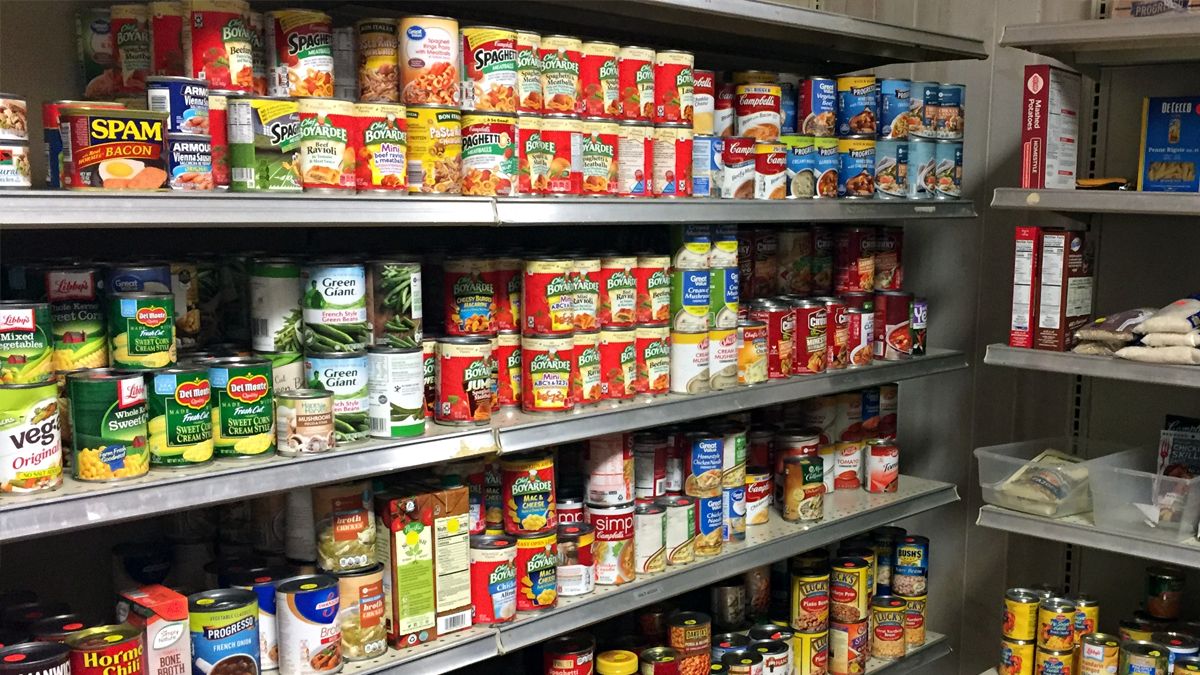

Ideas and Tips
Long-Term Food Storage: Tips For Emergency Preparedness
Published: October 27, 2024
Learn essential tips for long-term food storage and emergency preparedness. Ensure your family's safety with a well-stocked pantry and smart food preservation.
(Many of the links in this article redirect to a specific reviewed product. Your purchase of these products through affiliate links helps to generate commission for Storables.com, at no extra cost. Learn more)
In today's world, where natural disasters and economic crises can strike at any moment, having a well-stocked pantry is more crucial than ever. Long-term food storage is not just about hoarding food; it's about being smart, organized, and prepared for any situation that may arise. In this article, we will delve into the importance of long-term food storage, provide practical tips on how to build and maintain your pantry, and discuss various methods for preserving food.
The Importance of Long-Term Food Storage
Long-term food storage plays a pivotal role in emergency preparedness. It ensures that you and your family have access to nutritious food even when external sources are unavailable. This is particularly important during natural disasters like earthquakes, hurricanes, and winter storms, where power outages and disruptions to supply chains can last for days or even weeks.
Having a well-stocked pantry not only provides immediate relief but also offers long-term benefits. It saves money by reducing the need for frequent grocery shopping, creates less waste by ensuring that food is consumed before it spoils, and enhances food security by providing a reliable source of nutrition.
Read more: How To Store Canned Food Long Term
Reasons to Keep a Pantry
- Emergency Preparedness: A homestead pantry is essential for emergency preparedness. It ensures that you have enough food to sustain your family during crises.
- Financial Savings: Buying food in bulk and storing it properly can save you money in the long run.
- Food Security: A well-stocked pantry provides peace of mind, knowing that you have a reliable source of nutrition.
- Reduced Waste: By planning meals around the food you have stored, you can minimize food waste and reduce the environmental impact of your household.
Stocking the Homestead Pantry
Basic Foods
The primary goal of a homestead pantry is to store basic foods that can be used to prepare a variety of meals. These should include staples like:
- Grains: White flour, whole wheat flour, wheat berries, popcorn, cornmeal, rolled oats, rice, pasta, and dry beans.
- Canned Goods: Canned vegetables, fruits, meats, and soups.
- Dried Fruits and Nuts: Dried fruits like apples and apricots, nuts like almonds and walnuts.
- Spices and Seasonings: Salt, sugar, pepper, herbs like basil and oregano.
Planning Your Pantry
Before you start stocking your pantry, it's important to plan what you need. Here are some steps to follow:
- Make a Master List: Sit down and make a list of all the foods you need to store. This should include everything from salt to salmon.
- Consider Your Diet: Plan meals around the foods you will be storing. If you have dietary restrictions or preferences, make sure to include those in your planning.
- Stock What You Eat: Only stock foods that you and your family will eat. Avoid storing items that might go to waste.
Methods of Food Preservation
There are several methods of food preservation that you can use to stock your pantry:
- Home Canning: This is one of the most effective methods for preserving food. It involves heating food to a high temperature to kill off bacteria and then sealing it in airtight containers.
- Dehydrating: Dehydrating removes moisture from food, making it difficult for bacteria to grow. This method is particularly useful for fruits and vegetables.
- Freezing: Freezing is another effective method but it requires electricity, which may not always be reliable during emergencies.
- Freeze-Drying: Freeze-drying removes moisture from food by vaporization, preserving both texture and nutritional value.
Example Storage Quantities
Here’s an example of how much of each item you might store:
- Grains: White flour (300 pounds), whole wheat flour (20 pounds), wheat berries (100 pounds), popcorn (50 pounds), cornmeal (20 pounds), rolled oats (50 pounds), rice (50 pounds).
- Canned Goods: Canned vegetables (10 cans), canned fruits (10 cans), canned meats (10 cans), canned soups (5 cans).
- Dried Fruits and Nuts: Dried apples (5 pounds), dried apricots (5 pounds), almonds (5 pounds), walnuts (5 pounds).
- Spices and Seasonings: Salt (10 pounds), sugar (10 pounds), pepper (5 pounds), herbs like basil and oregano (5 pounds each).
Dairy and Eggs
While it's ideal to have dairy animals like cows or goats for milk production, this may not always be feasible. Here are some tips for managing dairy and eggs in your pantry:
- Store Dairy Products: If you have access to dairy products like milk, butter, cheese, and eggs, consider storing them in airtight containers or freezing them if possible.
- Alternative Sources: If you don't have dairy animals, consider alternative sources like powdered milk or canned cheese.
- Egg Storage: Eggs can be stored in a cool place or frozen for later use.
Building Up Your Long-Term Food Storage Supply
Building up your long-term food storage supply doesn't always mean buying and storing staple items in bulk or canning everything yourself. Here are some practical tips:
- Start Small: Begin by stocking up on items that have a long shelf life like beans and rice.
- Buy Ready-to-Eat Meals: Store ready-to-eat meals like pasta sauce, dry pasta, and canned vegetables that can quickly be cooked together to make a complete meal.
- Eat Seasonally: Start eating your produce when it's in season to save money and ensure freshness.
- Buy Local: Consider buying local produce to support your community and reduce transportation costs.
Read more: How To Store A Rug Long Term
Grow Your Own Food
Growing your own food is one of the most cost-effective ways to build up your long-term food storage supply:
- Start Small: Begin by planting small gardens or even just a few berry bushes that you can harvest and freeze.
- Succession Sowing: Learn how to succession sow to enjoy fresh salads all season long without having to replant every few weeks.
Decision-Making Considerations
When planning your emergency food supply, consider the following questions:
-
What Foods Will You Store?
- Plan menus and take an inventory of foods you already have on hand.
- Decide how much you will need based on variety, balance, and moderation.
- Involve all family members in the decision-making process.
-
Where Will You Store the Food?
- Store food in a cool, dry, dark place using food-grade containers.
- Avoid storing food on the floor to prevent contamination.
-
What is Your Budget for Both Food and Supplies?
- If you buy a little extra each time you shop, you’ll soon have an adequate emergency food supply.
- An average 72-hour supply of food will cost about $25 per person.
-
What Resources Do You Already Have On Hand?
- Consider what heat sources you have available for cooking in case of power outages.
- Use resourceful methods like filling a large tin can with charcoal for outdoor cooking.
Cautions
When building up your long-term food storage supply, beware of scams and hoarding:
- Evaluate Pros and Cons: Weigh all the pros and cons before deciding to purchase items and foods that you normally don’t use.
- Consider Preparation Needs: Think about whether the food is ready to eat or will need to be cooked.
- Rotate Food Supplies: Rotate food supplies every few months to maintain optimum quality.
- Store Foods Properly: Store foods in a way that prevents condensation of moisture on packaging material.
Storage Tips
Here are some additional tips for storing your emergency food supplies:
- Use Portable Containers: Store some of your food in portable containers in case you have to leave your home.
- Keep Food Off the Floor: Store food in containers that are off the floor to prevent contamination.
- Check Expiration Dates: Check expiration dates regularly and follow the practice of first-in, first-out.
- Inspect Food Before Use: Inspect all food for signs of spoilage before use.
Read more: How Long Does Freezer Last Without Power
Conclusion
Long-term food storage is an essential part of emergency preparedness that offers numerous benefits including financial savings, enhanced food security, and reduced waste. By planning your pantry carefully, using various methods of food preservation, and considering your family's unique needs, you can build a well-stocked pantry that will keep you and your family safe during any crisis. Remember to store food properly, rotate supplies regularly, and always be mindful of scams and hoarding practices.
In summary, having a long-term food storage plan in place ensures that you are prepared for any situation that may arise. It’s not just about storing food; it’s about being smart, organized, and prepared for the future.
Was this page helpful?
At Storables.com, we guarantee accurate and reliable information. Our content, validated by Expert Board Contributors, is crafted following stringent Editorial Policies. We're committed to providing you with well-researched, expert-backed insights for all your informational needs.




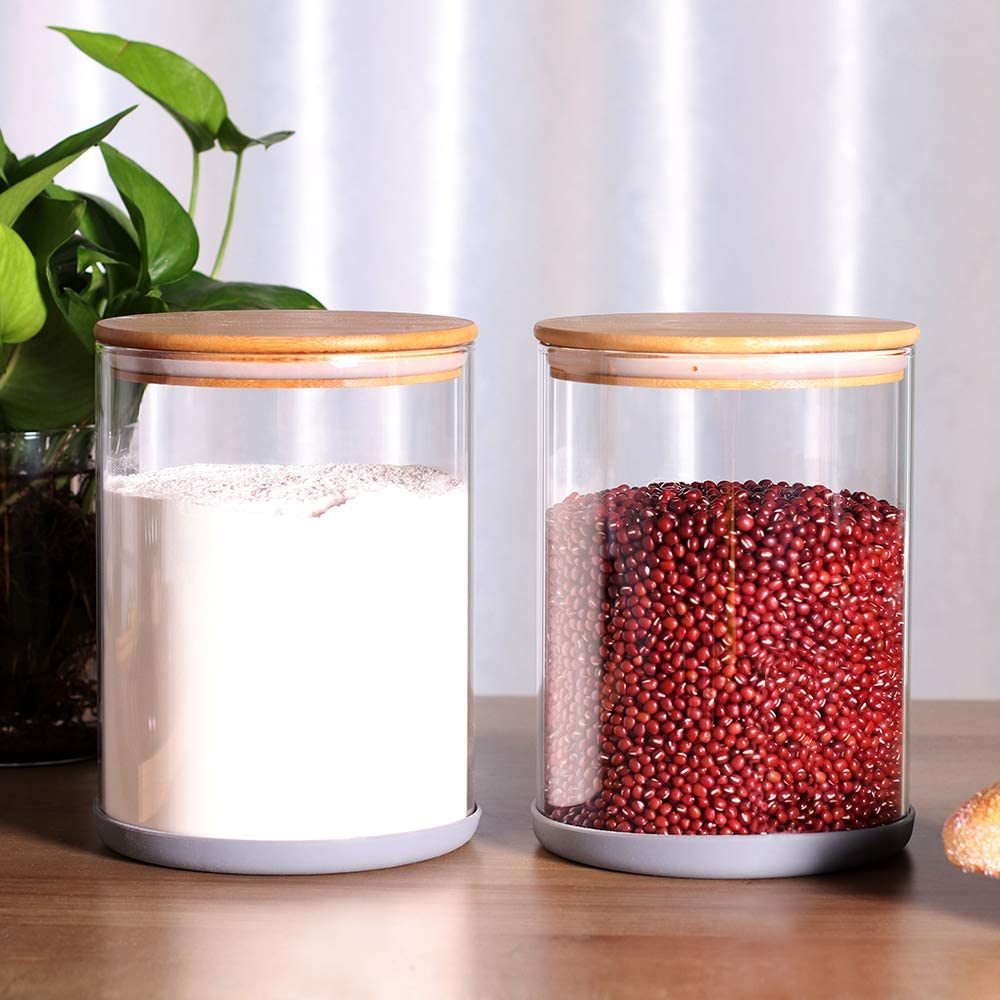

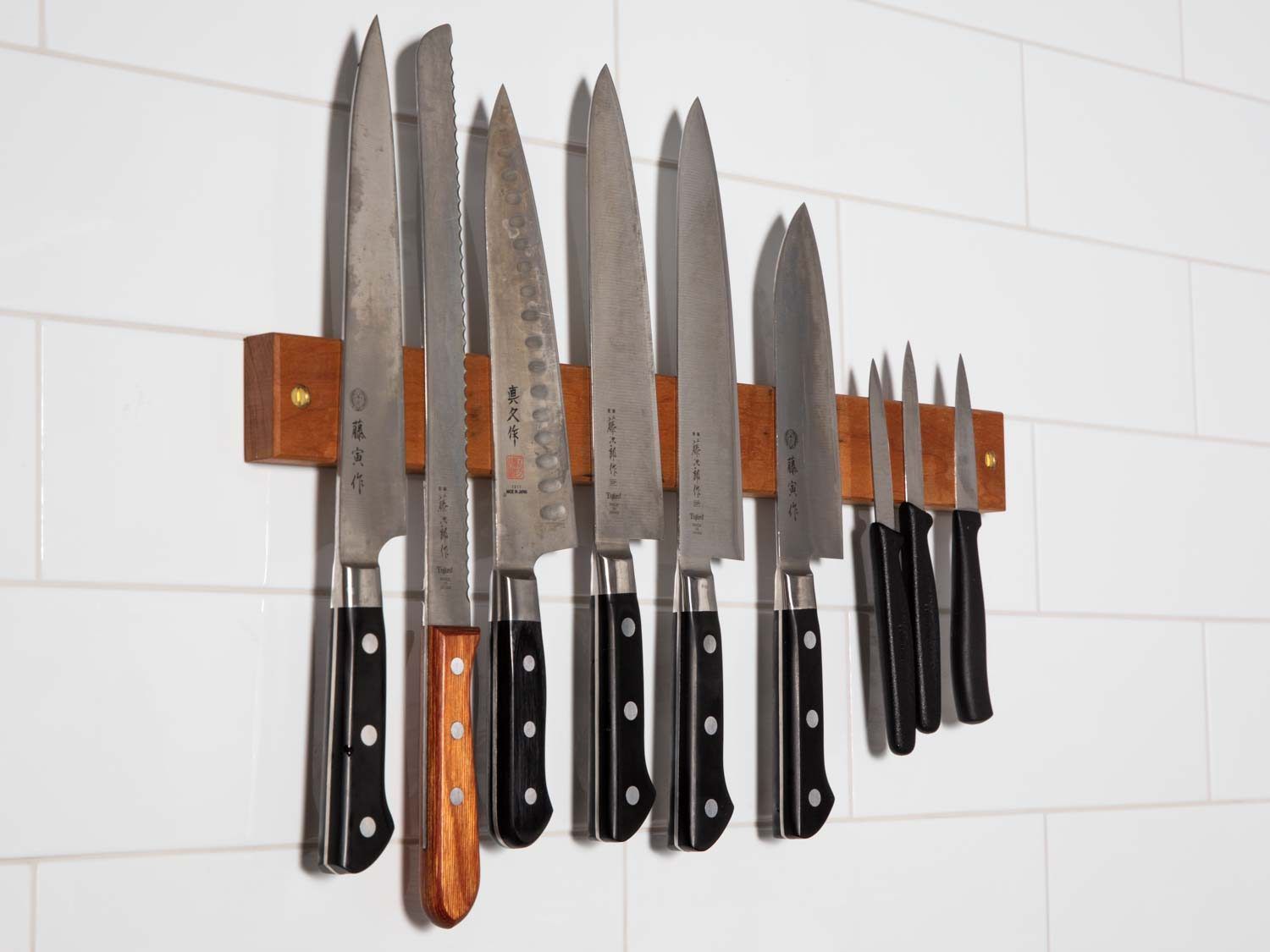
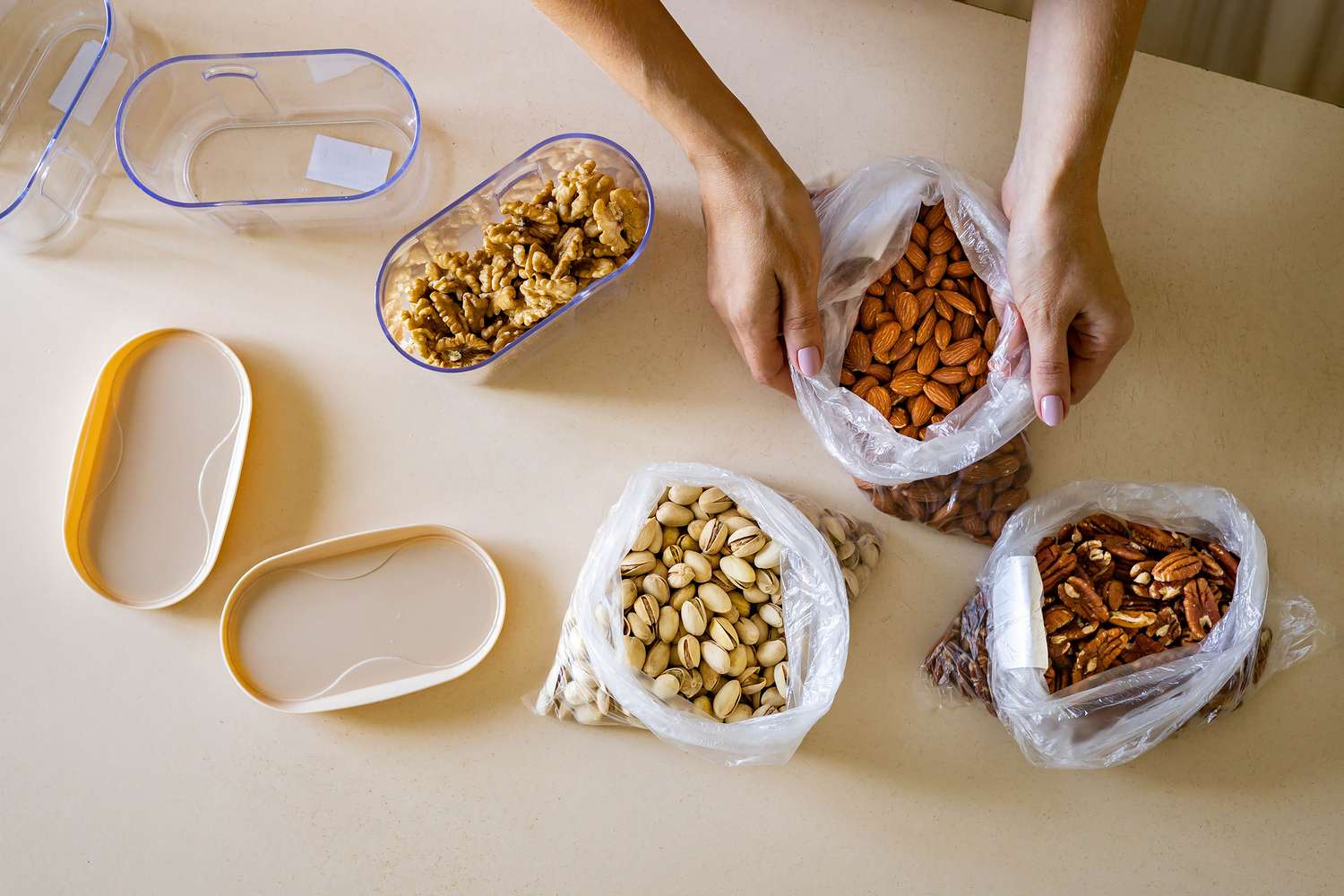
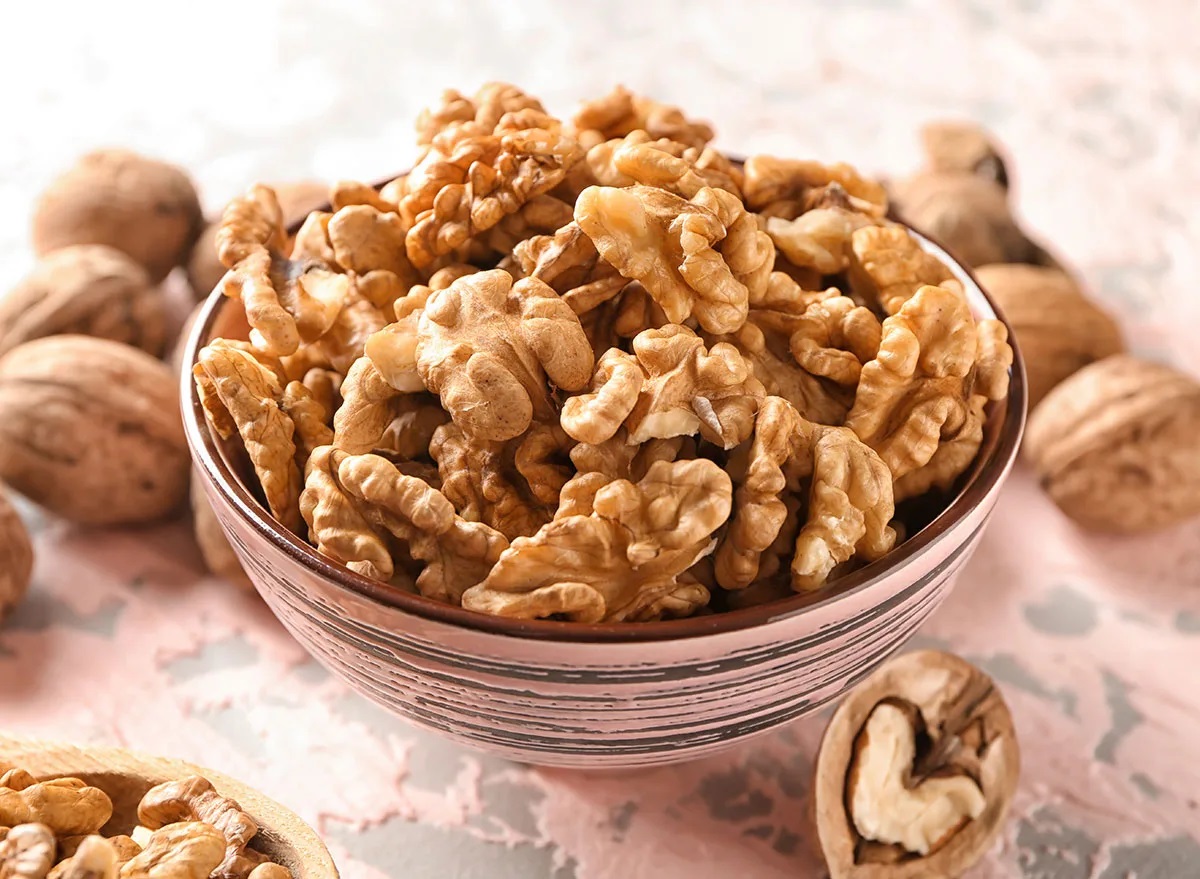
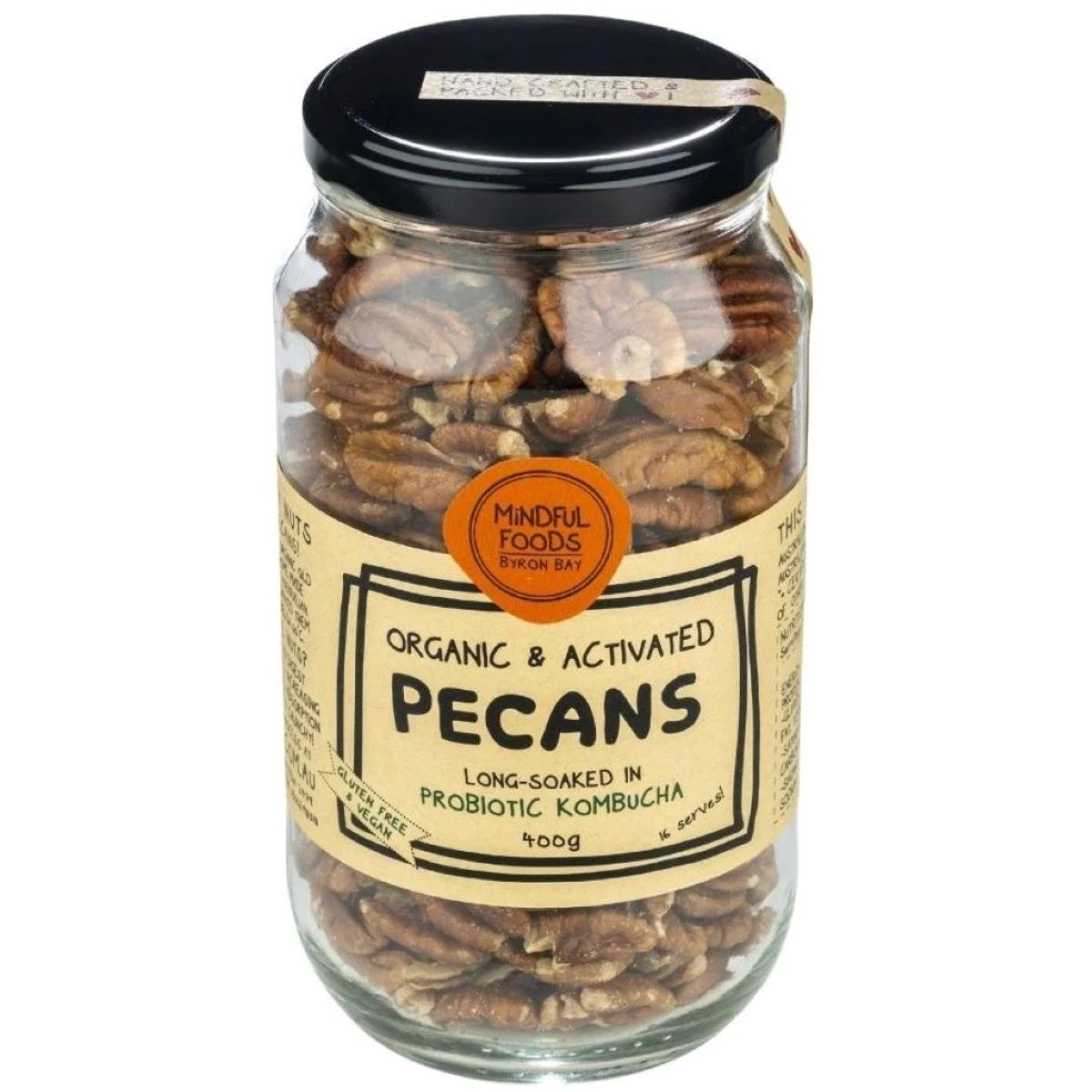
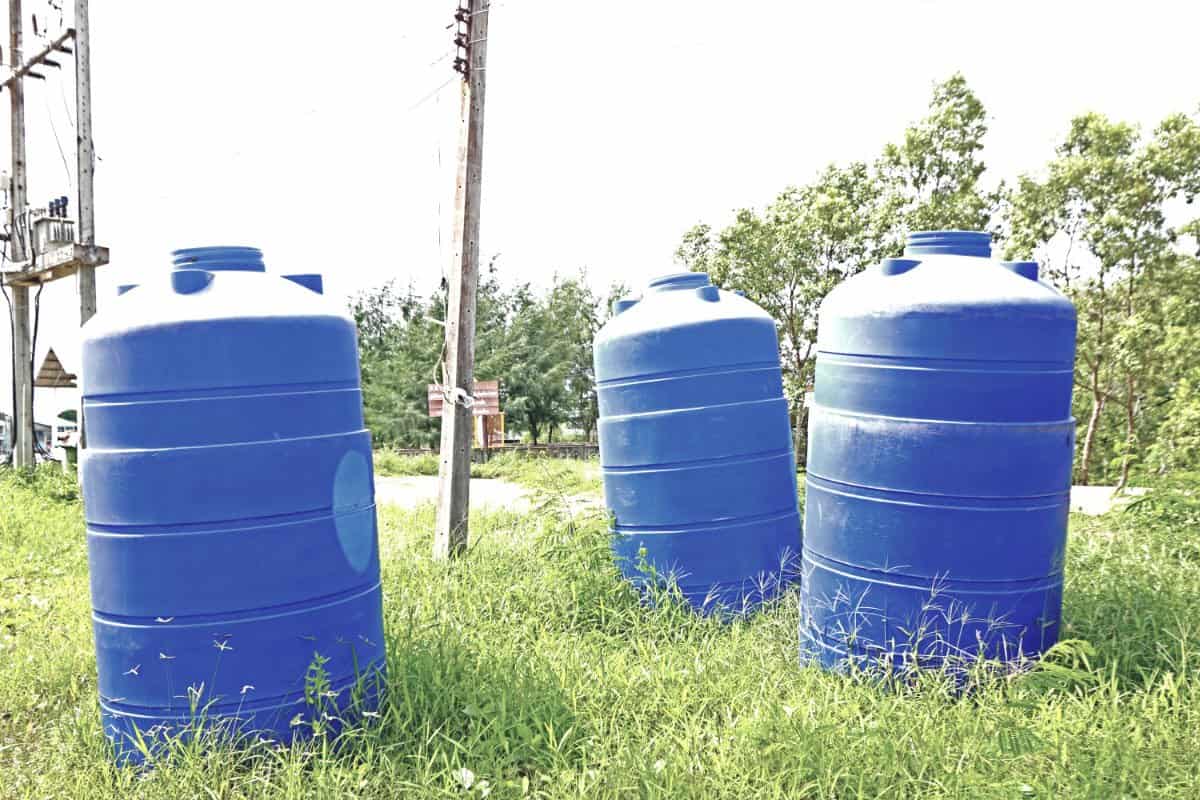

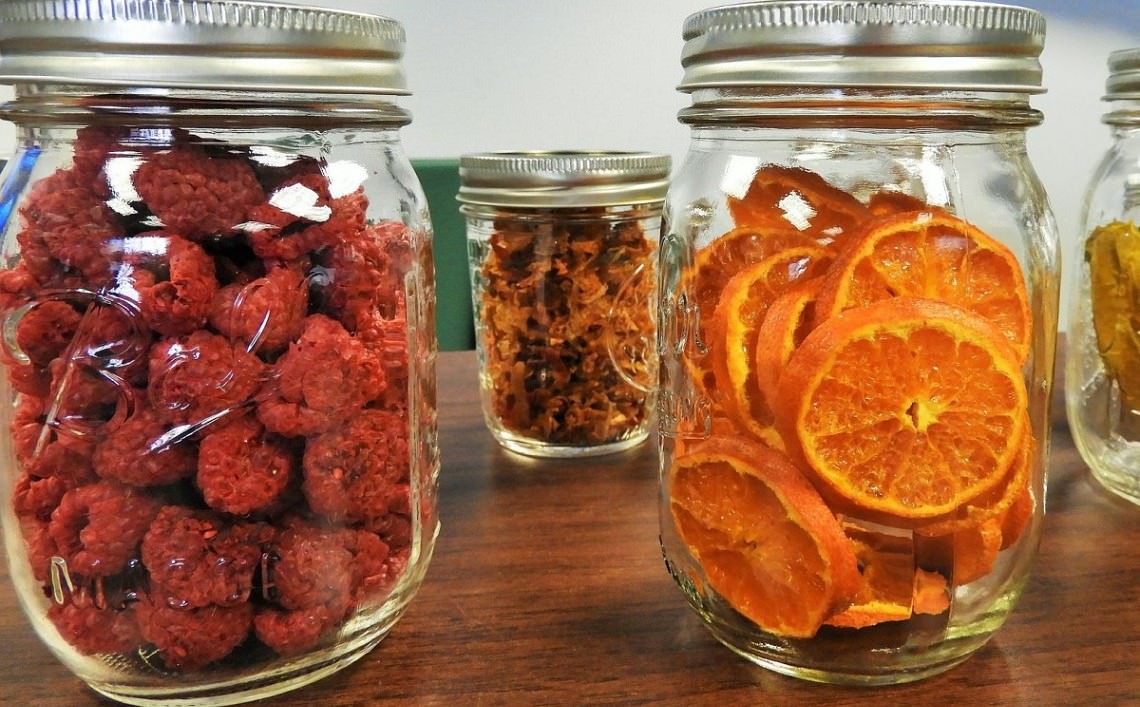

0 thoughts on “Long-Term Food Storage: Tips For Emergency Preparedness”